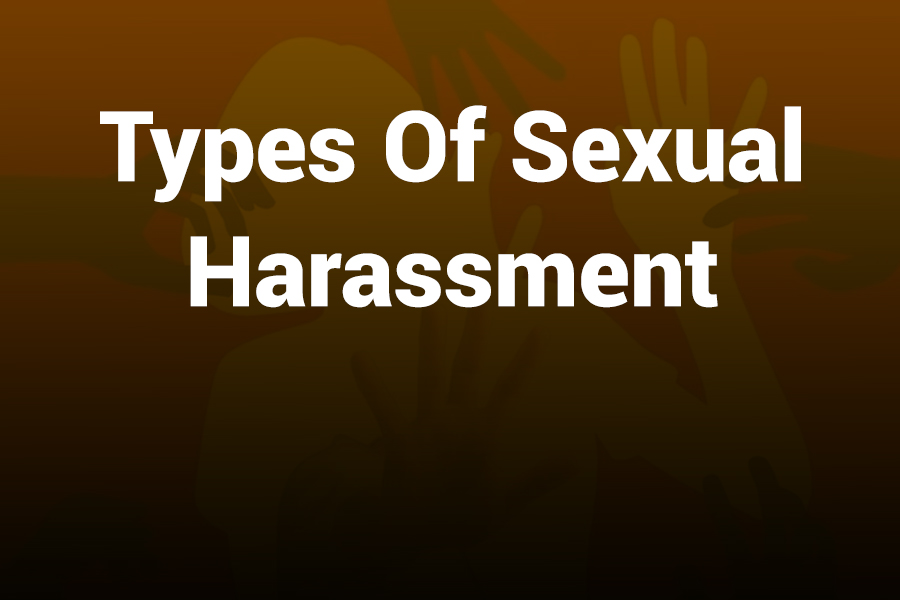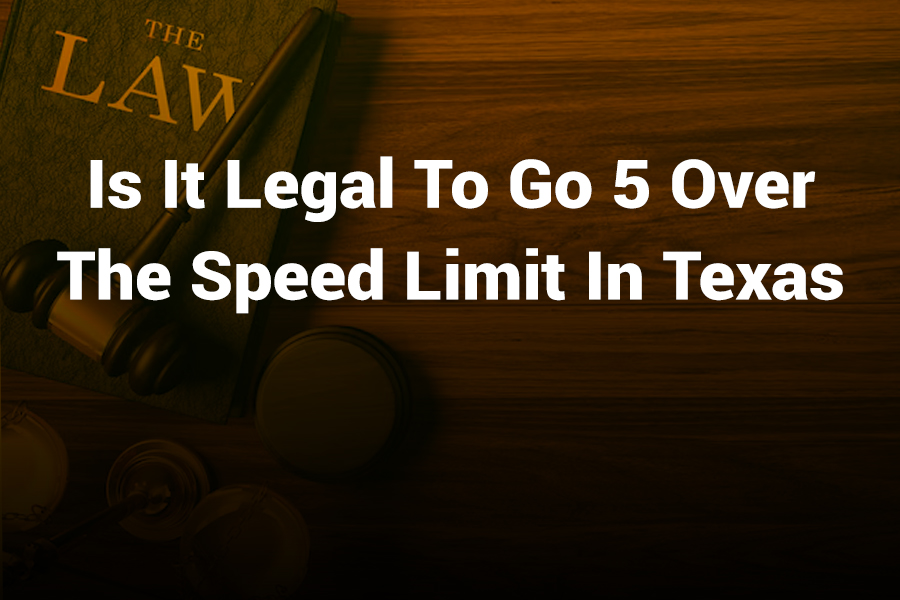
Window tinting laws in Texas often confuse drivers who want their cars to look stylish while staying within legal boundaries. The rules set by the Texas Department of Public Safety (DPS) and the Texas Transportation Code are specific about how dark and reflective your car windows can be.
Failing to comply can lead to fines, inspection failures, or even fix-it tickets. Knowing these limits ensures your vehicle remains street legal while keeping you safe from heat and glare. In this article, you’ll learn everything about Texas tint laws, including allowed Visible Light Transmission (VLT) percentages, reflection rules, penalties, and exemptions.
Understanding Window Tint Basics
Before exploring the legal limits, it’s important to understand what window tint actually means. Window tint refers to a thin film applied to vehicle windows to reduce glare, heat, and harmful UV rays. The main measure used to define tint darkness is Visible Light Transmission (VLT%), which indicates how much visible light passes through the glass.
For instance, a window with 25% VLT allows only 25% of visible light to pass through, making it quite dark, while 70% VLT allows more light, appearing lighter. Tint laws specify minimum VLT values for different windows—front, rear, and back—based on safety and visibility concerns.
Texas Legal Tint Limit Overview (2025 Update)
Texas tint regulations are designed to balance comfort with safety, ensuring visibility for drivers and law enforcement. Here’s a breakdown of the 2025 legal tint requirements according to current state standards and DPS updates:
- Front Windshield: Tinting is allowed only above the AS-1 line, which runs across the top portion of the windshield. The tint must allow at least 25% of visible light transmission (VLT).
- Front Side Windows: Must allow more than 25% of light to pass through. This is one of the most important legal requirements.
- Back Side Windows: Any darkness level is allowed if the vehicle has side mirrors on both sides.
- Rear Window: Any tint darkness is allowed, provided the vehicle has dual side mirrors.
These limits have remained consistent for several years but are strictly enforced, especially during annual vehicle inspections.
Tint Reflection Limits in Texas
Tint reflection refers to how much light or glare a tint film reflects away from the glass. Excessive reflectiveness can cause visibility problems for other drivers. Texas law restricts reflection levels to ensure safety:
- Front Side Windows: Must not reflect more than 25% of light.
- Back Side Windows: Must also not reflect more than 25% of light.
Mirrored or metallic tint films are generally discouraged because they can exceed reflection limits and cause glare hazards.
Colored Tints: What’s Prohibited in Texas
While tint color might seem like a personal preference, Texas regulates it to ensure that visibility remains clear for law enforcement officers. As of 2025, red, blue, and amber-colored tints are prohibited on any window. These shades can interfere with emergency vehicle recognition and visibility. Legal tints typically come in neutral shades like gray, bronze, or charcoal.
Medical Exemptions for Window Tinting
Texas law recognizes that some individuals need darker tinting for medical reasons. Drivers can apply for a medical exemption certificate from the Texas Department of Public Safety. This allows darker tints than the standard 25% limit.
Common medical conditions that may qualify include:
- Photosensitivity caused by lupus or porphyria
- Albinism
- Xeroderma pigmentosum
- Severe light allergies
Drivers with approved exemptions must keep their medical documentation and certificate in the vehicle at all times. Failure to present it during a stop may result in a citation even if the tint is medically justified.
Inspection and Compliance Requirements
Every vehicle in Texas must undergo an annual inspection to confirm compliance with safety standards, including tint laws. During inspection:
- Inspectors use tint meters to check VLT levels on the windshield and front windows.
- If your tint is darker than allowed, you’ll fail the inspection and must remove or replace the film before retesting.
Legal tint stickers are no longer required in Texas, but inspectors and law enforcement can easily test tint darkness on the spot.
Penalties for Violating Texas Tint Laws
Driving with illegal tint in Texas can result in fines and citations under Texas Transportation Code Section 547.613. The penalties vary depending on the violation type and whether it’s a repeat offense.
- First Offense: Typically treated as a Class C misdemeanor, with fines up to $250.
- Repeat Offenses: Can escalate to higher fines and require immediate tint removal.
- Inspection Failure: Vehicles with illegal tint will fail annual inspection until corrected.
Although fines may seem minor, repeated violations can lead to unnecessary costs and legal issues. Ensuring compliance is the simplest way to avoid trouble.
Why Texas Enforces Tint Laws Strictly
Texas experiences some of the hottest summers in the United States, making window tinting extremely popular. However, the laws aren’t just about aesthetics or comfort—they serve safety purposes.
Heavily tinted windows can prevent law enforcement from seeing inside vehicles during traffic stops, posing potential safety risks. Excessive darkness can also reduce a driver’s ability to see at night or during storms. Thus, the law ensures visibility is not compromised while still allowing drivers to benefit from heat and glare reduction.
Benefits of Legal Window Tinting in Texas
Following tint laws doesn’t mean sacrificing comfort. Legal window tints offer several benefits:
- UV Protection: Most modern tints block up to 99% of harmful UV rays, preventing skin damage and fading interiors.
- Heat Reduction: Proper tint can reduce interior heat by up to 60%, especially valuable during Texas summers.
- Enhanced Privacy: Legal tints still provide privacy without crossing the line into illegality.
- Improved Fuel Efficiency: Lower cabin temperatures mean reduced air conditioning use, improving fuel economy.
By choosing the right film that complies with state rules, drivers can enjoy these benefits while staying within legal boundaries.
Factory Tint vs. Aftermarket Tint
It’s essential to understand that factory-installed tints differ from aftermarket films. Factory tints are usually lighter and integrated within the glass, offering around 70–80% VLT. Aftermarket tints, applied as films, can vary widely in opacity.
If you’re adding aftermarket tint to already-tinted windows, ensure the combined VLT still meets the 25% requirement. For example, applying a 35% film to a factory-tinted window could result in less than 25% VLT, making it illegal.
How to Measure Tint Legally
Professional installers use digital tint meters to measure light transmission accurately. If you’re unsure about your tint, visit a certified tint shop or inspection station for testing. A reliable installer will always provide films that meet state law and offer documentation for your records.
Tips for Staying Compliant with Texas Tint Laws
- Always ask your installer for the exact VLT percentage before installation.
- Avoid metallic or mirrored tints that could exceed reflection limits.
- Keep your vehicle inspection records updated.
- If medically exempt, carry your DPS medical exemption certificate at all times.
- Don’t rely solely on factory tint—verify combined VLT.
These preventive steps ensure peace of mind when driving and during law enforcement checks.
Recent Enforcement and Public Awareness
In recent years, Texas law enforcement agencies have increased awareness about tint compliance through inspection campaigns and social media education. As of 2025, more than 40% of tint-related citations in Texas result from overly dark front windows. Law enforcement emphasizes visibility for both officers and other motorists, especially at night.
This heightened enforcement reflects an ongoing effort to balance personal comfort and road safety. Vehicle owners who stay informed about these laws help promote safer driving conditions statewide.
Choosing a Reliable Tint Installer in Texas
Selecting a certified installer is crucial for legal and long-lasting tint. Look for businesses that:
- Provide a written guarantee on VLT compliance.
- Use high-quality, state-approved films.
- Offer lifetime warranties for bubbling, peeling, or fading.
- Explain the law before applying any tint.
Reputable tint shops stay updated on state regulations, ensuring customers avoid legal troubles later.
The Future of Tinting Laws in Texas
While the 25% VLT standard has remained steady, evolving vehicle designs and technological advancements could lead to changes. Some manufacturers are introducing smart glass that adjusts tint electronically. Legislators may soon revisit tint laws to address emerging technologies.
Until then, adhering to current regulations is the best way to ensure compliance and safety. Drivers can expect law enforcement and inspection stations to continue enforcing the 25% limit strictly.
Conclusion: Stay Cool and Stay Legal
Window tinting is one of the most practical ways to combat Texas heat, enhance privacy, and protect your car’s interior. But staying within the legal tint limit in Texas is essential to avoid fines, inspection failures, and potential safety hazards. Remember the golden rule—front windows must allow more than 25% of visible light, and reflective or colored tints are restricted.
With the right knowledge, professional installation, and attention to detail, you can enjoy all the benefits of tinting while keeping your vehicle fully compliant. Staying informed is the key to safe, legal, and comfortable driving under the Texas sun.






